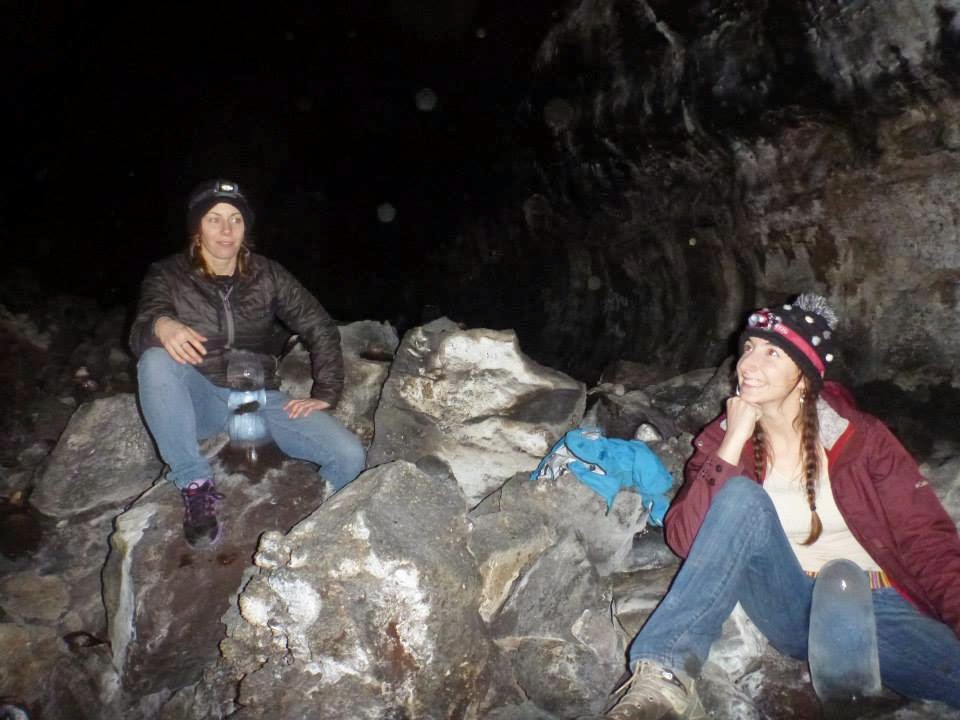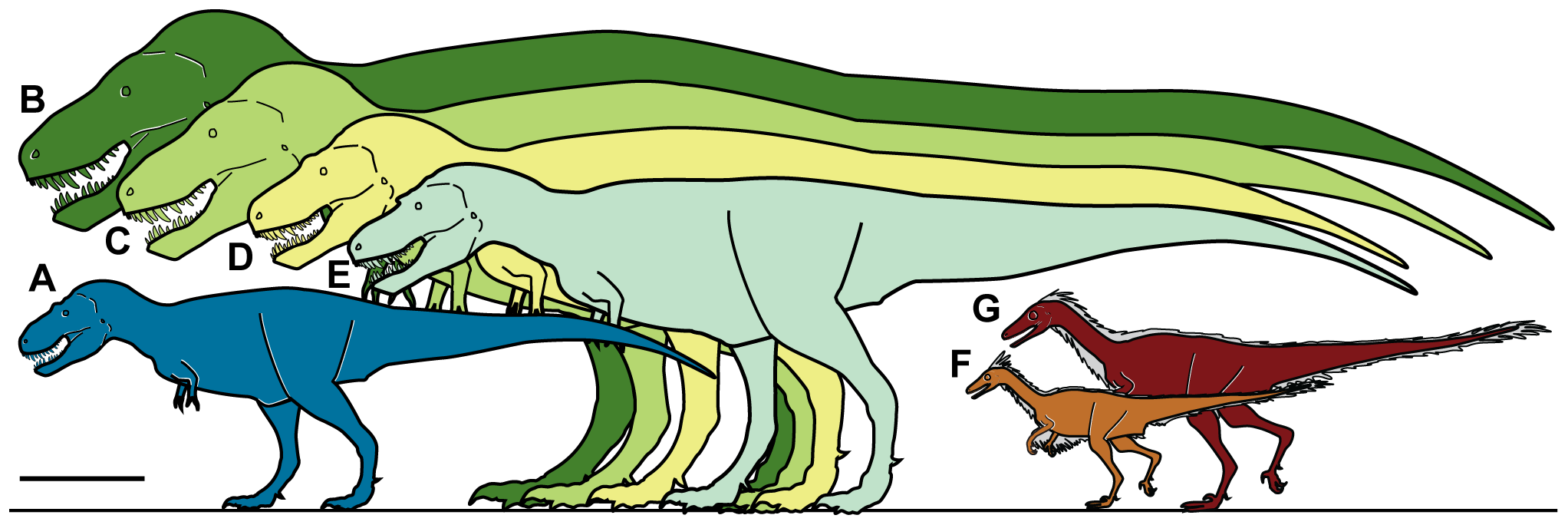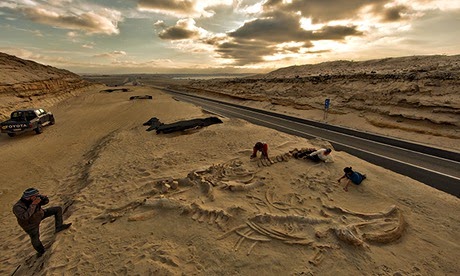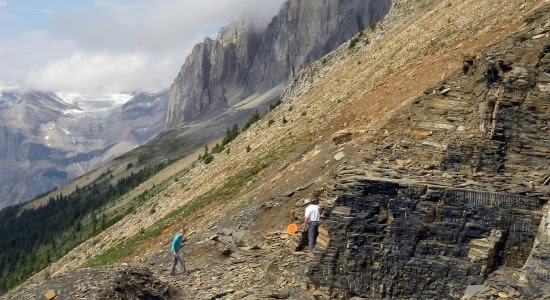 |
| We've been busy blogging about boners, here's what's been going on in the meantime. |
1) The ancestors of all those whales featured in Blackfish got so pissed they committed mass suicide
Occasionally dozens of whales will die at the same time from something other than humans, a crazy thought, right?! Paleontologists have discovered a locality in the Atacama Region of Chile that appears to be the bone-dumping yard from the Miocene. Cerro Ballena is the name of this magical place where over 40 skeletons of rorqual whales, sperm whales, seals, walrus-whales*, AND aquatic sloths have been discovered. Now, this site doesn't represent some sick "let's all drink the Kool-Aid" scenario from 20 million years ago, it actually contains 4 discrete horizons of marine mammal remains. This indicates that some recurring process is responsible for the accumulation of Free Willy's fossilized friends. The researchers believe that HABs (harmful algal blooms) are likely the culprit behind these rapid mass deaths at sea, which were then buried on a barrier-protected beach.
2) It only took over 100 years but Canada finally found some more fossils
Anybody heard of the Burgess Shale?? Yeah, that place is a pretty big deal in the paleo world because it's super old (try 505 million years!) and contains some of the earth's earliest animals (like the tiny boring stuff spineless that was a precursor to all exciting things i.e. oreodonts and omomyids). The Burgess Shale was first discovered in Yoho (not quite YOLO, but close) National Park in Canada but now, only a century after the initial discovery, another outcrop of this Paleozoic ooze has been discovered in Kootenay National park, a mere 42 kilometers (huh?) from the original site. C'mon, Canada! Stop eating poutine and producing Meaghan Emery and look around your damnedfossil sites for science's sake. Has no one in that country ever looked a geologic map?! /canadateasing
Anyways, this is exciting for Canada and the paleo community because it will widen our knowledge of about the Cambrian Period, which is great because that's when the whole"explosion of animal life" really got started. Also, there are a bunch of new species in this new locality - pretty neat, eh?
3) People footprints are important!
 |
| He didn't make those. |
4) Tibetan hyenas could have outrun Scar
Tibet had awesome running hyenas at the beginning of the Ice Age! Someone needs to make a Lion King remake but with snow leopards and Mt. Everest instead of Pride Rock...
But seriously, the Vengeance Team has had a bit of an infatuation with hyenas ever since the 14 days of genitals, which may be why this fossil discovery made our highly competitive list (species are just dying to get on). Cursorial hyenas (Chasmaporthetes) are an extinct genus of hyenas endemic to North America, Africa, and Asia during Pliocene and Pleistocene periods, and were waaaay faster than hyenas that live today. Tibet recently discovered a new species, Chasmaporthetes gangsriensis, which is smaller and older than other hyena fossils, supporting the "out of Tibet" hypothesis for the migration of some Pleistocene megafauna. By the early Pliocene, Chasmaporthetes crossed the Bering land bridge to America, eventually evolving into Chasmaporthetes ossifragus, which was North America’s only native hyena later brought to extinction by the end of the Ice Age.
5) Nanuqsaurus the arctic theropod
Don't get too excited guys. The arctic was substantially warmer in the Mesozoic when these guys were around.
| The Earth was too warm for the sweater vest to become stylish. |
 |
| A, Nanuqsaurus hoglundi. B, Tyrannosaurus rex |
Why so small? Alaska may not have been super cold, but it still had much longer periods of dark than the rest of the globe.The typical conception of animals is that they should get bigger where it's colder - this is called Bergmann's rule, and while it's not always true, the idea is that being bigger keeps you warmer even in the winter months. However, it also means that you have to eat a lot more... and in a place with incredible seasonaility like Alaska, you can either migrate to beat the food-slim winter months or you can huddle down and try not to eat so goddamned much, maybe hibernate. Nanuqsaurus may just not have been able to get as big as its more southerly cousins because being too big would have produced an unsustainable metabolism.
6) Torosaurus isn't Triceratops. Again.
| "I'm a REAL boy!" - Torosaurus upon its ressurection |
Wow, so many dinosaur ones we thought were cool this time! What sort of mammal paleontologists are we anyway?
Whatever. So Farke and Friends (he's not the first author on the paper, but he's got the much snazzier band name) decided to take another look at the Triceratops/Torosaurus debate. If you're not familiar, we'll sum up: some people think they're the same but that Triceratops are the babies, some people think they're not, they've been arguing ever since. This newest paper looked at how skull shapes change through the growth of an adult, and saw two different pathways. Consider it sort of like this: dobermans and pitbulls look pretty similar as puppies, but hella+ different as adults.
 |
| SO CUTE. |
 |
| ALSO PRETTY CUTE. BUT DIFFERENT. |
*this is a real thing. We'll talk about it for our Awesome Dead Shit sometime soon. Like, really soon.
Works Cited
Caron, J. B., Gaines, R. R., Aria, C., Mángano, M. G., & Streng, M. (2014). A new phyllopod bed-like assemblage from the Burgess Shale of the Canadian Rockies. Nature communications, 5.
Fiorillo, A. R., & Tykoski, R. S. (2014). A Diminutive New Tyrannosaur from the Top of the World. PloS one, 9(3), e91287.
Maiorino, L., Farke, A. A., Kotsakis, T., & Piras, P. (2013). Is Torosaurus Triceratops? Geometric Morphometric Evidence of Late Maastrichtian Ceratopsid Dinosaurs. PloS one, 8(11), e81608.
Pyenson, N. D., Gutstein, C. S., Parham, J. F., Le Roux, J. P., Chavarría, C. C., Little, H., ... & Suárez, M. E. (2014). Repeated mass strandings of Miocene marine mammals from Atacama Region of Chile point to sudden death at sea.Proceedings of the Royal Society B: Biological Sciences, 281(1781), 20133316.
Tseng, Z. J., Li, Q., & Wang, X. (2013). A new cursorial hyena from Tibet, and analysis of biostratigraphy, paleozoogeography, and dental morphology of Chasmaporthetes (Mammalia, Carnivora). Journal of Vertebrate Paleontology,33(6), 1457-1471.




Thanks for the good writeup. It in truth was a entertainment account it. Look advanced to far delivered agreeable from you! By the way, how could we communicate? e-merchants
ReplyDelete